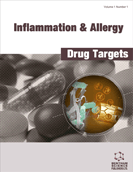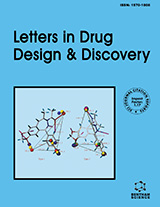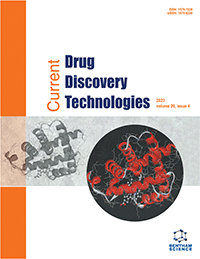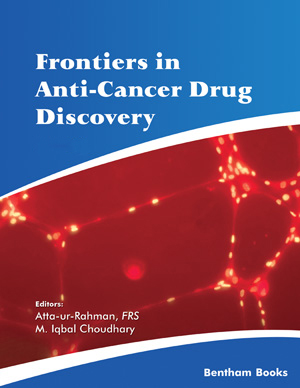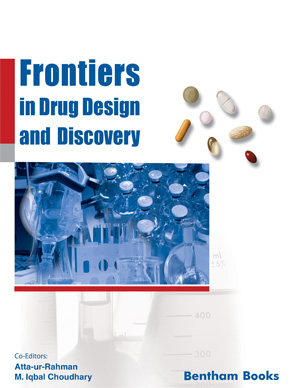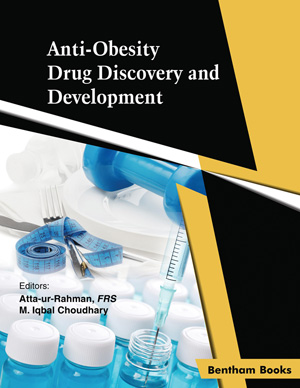Abstract
Peyronie's Disease (PD) is a connective tissue disorder involving the growth of fibrous plaques in penile corpora cavernosa (tunica albuginea). The conservative treatment is indicated in the development stage of PD for at least one year after diagnosis and in case of penile pain. This study was conducted to demonstrate the possible effectiveness of the new substances of Peironimev-plus®. Sixty four patients (age: 29-65 years, mean: 52.57 ± 9.06) diagnosed with PD were enrolled in a medical treatment. All patients underwent the following diagnostic tests: penile ultrasound, photographic documentation of penile curvature, IIEF questionnaire (erectile function score), pain evaluation with Visual Analogue pain Scale (VAS). The patients were divided into two treatment groups with different combinations of drugs: A = Peironimev-plus/oral/one tablet-daily + Verapamil injection (peri-lesional) 10 mg/every two weeks + Verapamil iontophoresis/5 mg/three times a week - for 6 months; B = Verapamil injection (peri-lesional) 10 mg/every two weeks + Verapamil iontophoresis/5 mg/three times a week - for 6 months. Intergroup analysis revealed statistically significant differences: in group A the effective plaque size reduction was -30.8% while in the group B the reduction was -18.0% (p=0.000). In group A the improvement of curvature occurred in 85.1% of the cases while in group B this occurred only in 53.5% (p=0.024), moreover the mean curvature decrease was respectively - 8.7° and - 4.6° (p=0.002). IIEF score was significantly improved in group A patients with erectile dysfunction (p=0.02). Our results suggest that Peironimev-plus is an effective drug in treating PD and it may help to prevent the progression of PD.
Keywords: Antioxidants, Peyronie's disease, Peyronie's disease treatment, multimodal therapy, connective tissue disorder, Tunica Albuginea, Dupuytren's Contracture, inflammatory disease, inflammatory cytokines, non-surgical therapies
 33
33

